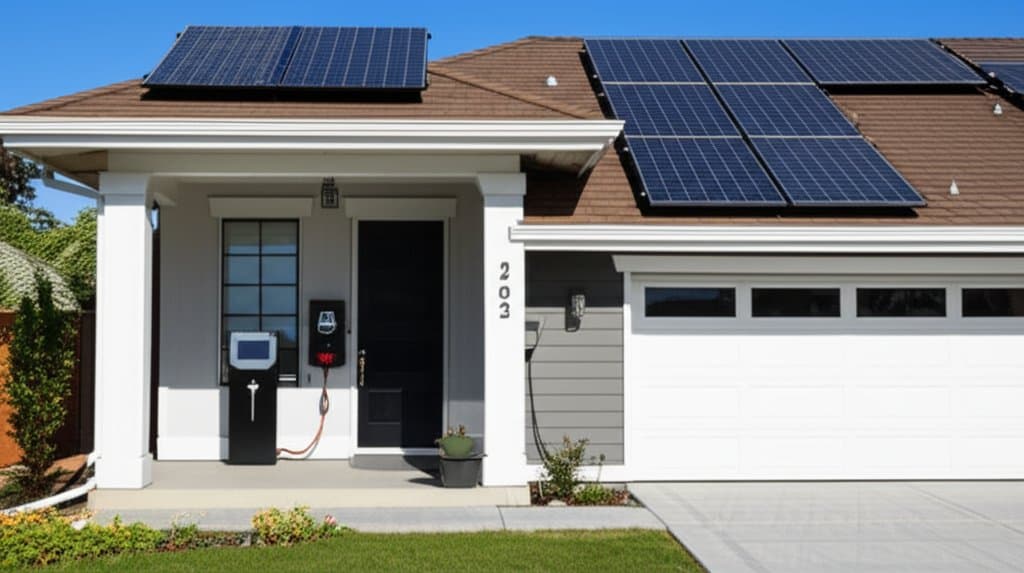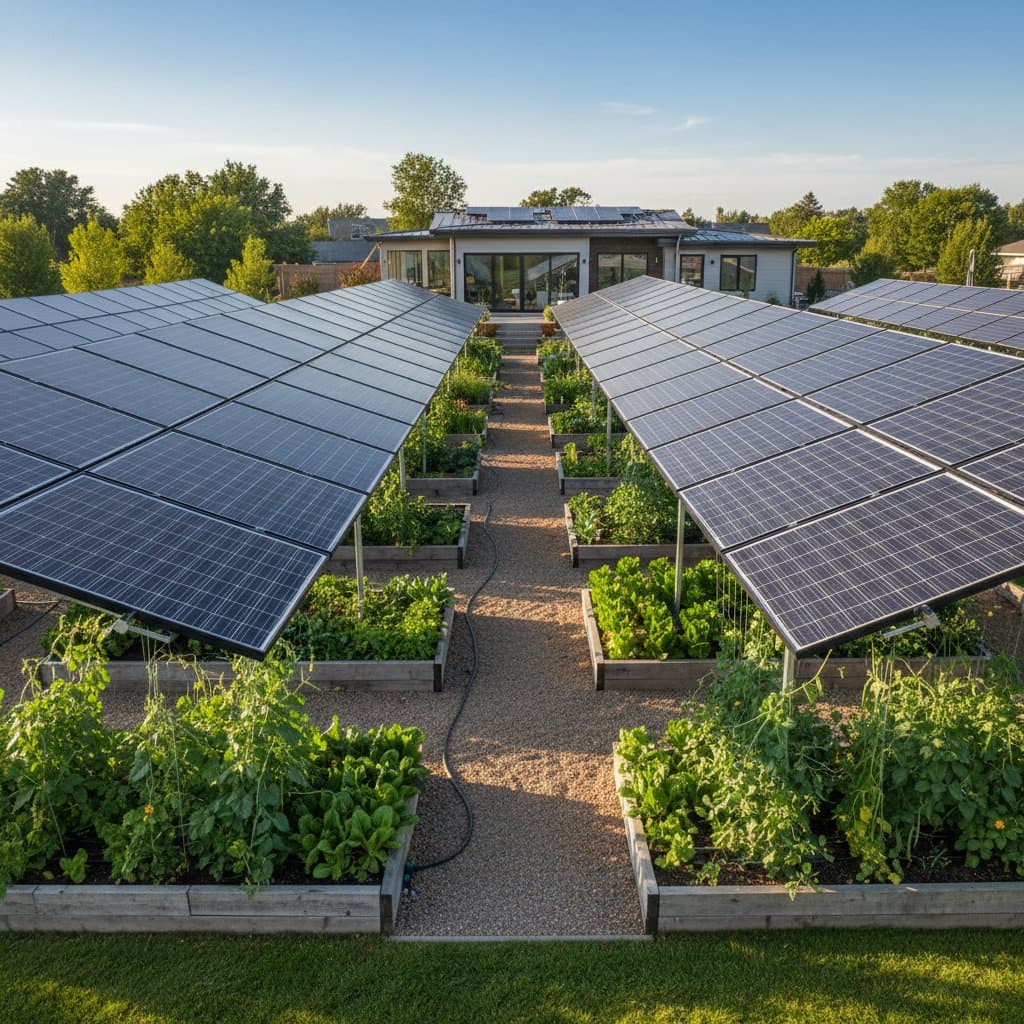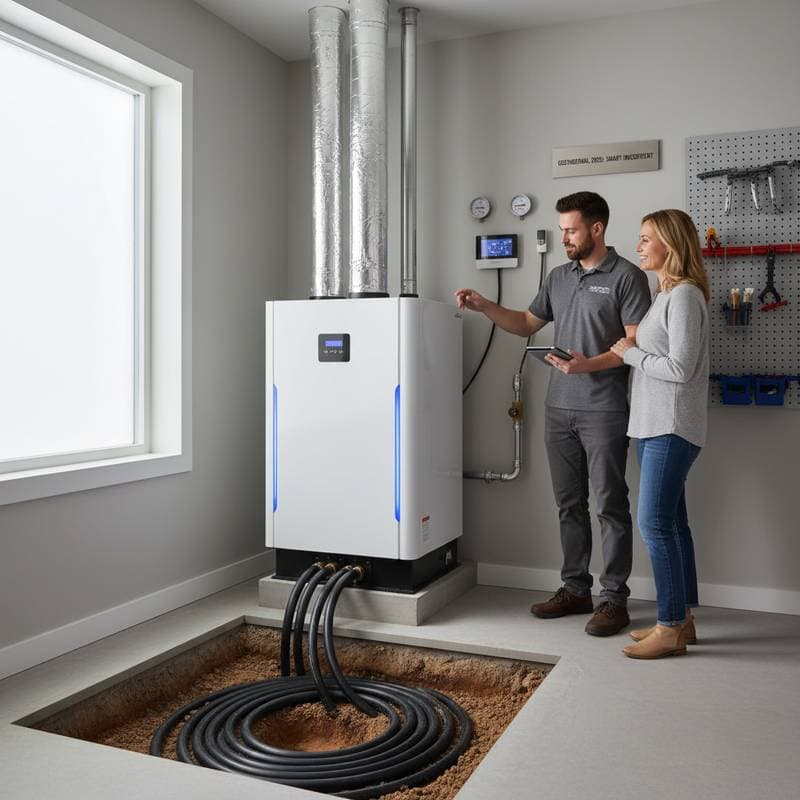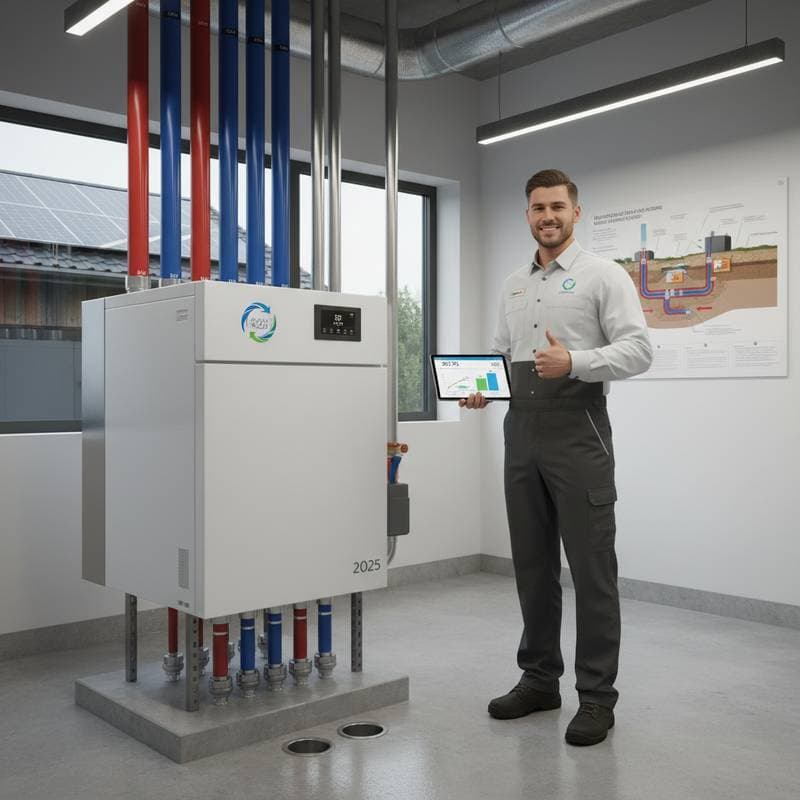Key Points
- Storing solar energy with batteries allows homeowners to use clean power day and night, not just when the sun is shining.
- Battery costs have declined steadily, while efficiency and lifespan have improved, making investments more financially attractive.
- Incentives, rising energy costs, and growing concerns about grid reliability are driving interest in home energy storage.
- Choosing the right system means balancing upfront cost with long-term savings, backup capability, and lifestyle needs.
Why Energy Storage Matters
Home energy storage is about more than just convenience. It hits several major homeowner priorities at once:
- Financial stability: By storing excess solar power, you reduce the amount of electricity purchased from the grid during peak price periods. Over time, this can save thousands.
- Energy independence: Batteries provide resilience during outages, reducing reliance on utility companies and unpredictable grid conditions.
- Sustainability: Using stored solar power instead of fossil-fueled grid energy cuts carbon emissions and supports a cleaner environment.
- Property value: Many buyers increasingly view solar and storage as desirable features, adding long-term market appeal.
Cost Breakdown and ROI Analysis
The financial case for battery storage is stronger than ever. Here is a general framework to understand the trade-offs:
- Upfront investment: $8,000 to $20,000 depending on system size and features.
- Incentives: Many regions offer credits or rebates that can cut costs by 20 to 30 percent.
- Electricity savings: Storing solar power for evening use can reduce grid consumption by 40 to 70 percent in many households.
- Payback period: Depending on local rates, a typical system can pay for itself in 7 to 12 years.
One way to view this is like buying a car that never needs gas. The upfront cost is significant, but the ongoing savings and independence quickly justify the purchase.
Sustainable Features and Efficiency Gains
Battery storage does more than provide backup power. It supports a range of sustainability goals:
- Load shifting: Charging batteries when rates are low and using stored power when rates are high saves money and reduces stress on the grid.
- Renewable integration: Batteries make solar production more useful by capturing midday surplus and spreading it into evening demand.
- Resilience: Natural disasters, extreme weather, and grid instability make storage systems an investment in household security.
- Health and wellness: Unlike generators, batteries are silent, emission-free, and safe to operate indoors.
Frequently Asked Questions
How long can a battery system run my home during an outage?
It depends on system size and load. A smaller setup may power essentials for 8 to 12 hours, while larger systems can sustain an entire home for multiple days, especially when paired with solar panels.
Do I need solar panels to benefit from a battery?
Not always. Some homeowners install batteries to store grid power during off-peak rates and use it later. That said, pairing with solar offers the most savings and independence.
Are batteries safe?
Yes. Modern lithium-ion systems have multiple layers of protection, including thermal management and automatic shutoffs. Professional installation is key to ensuring safety and code compliance.
What maintenance is required?
Minimal. Most systems are sealed and require little more than occasional monitoring through a smartphone app.
Can I add a battery to an existing solar system?
Often, yes. Many inverters are compatible with retrofitted batteries, though some older systems may need upgrades.
Making It Happen
If you are tired of sending excess solar energy back to the grid for pennies while paying peak rates at night, storage is a logical next step. The market has matured, battery performance has improved, and the financial math has become more attractive. That makes this an ideal moment to evaluate your options.
Start by clarifying your priorities. Do you want full-home backup or just critical loads? Are you focused on lowering bills, gaining security, or both? Once you know your goals, compare system sizes, estimate costs, and factor in incentives.
The payoff is not just measured in dollars. It is measured in peace of mind, resilience, and the satisfaction of knowing your home is ready for the future.







